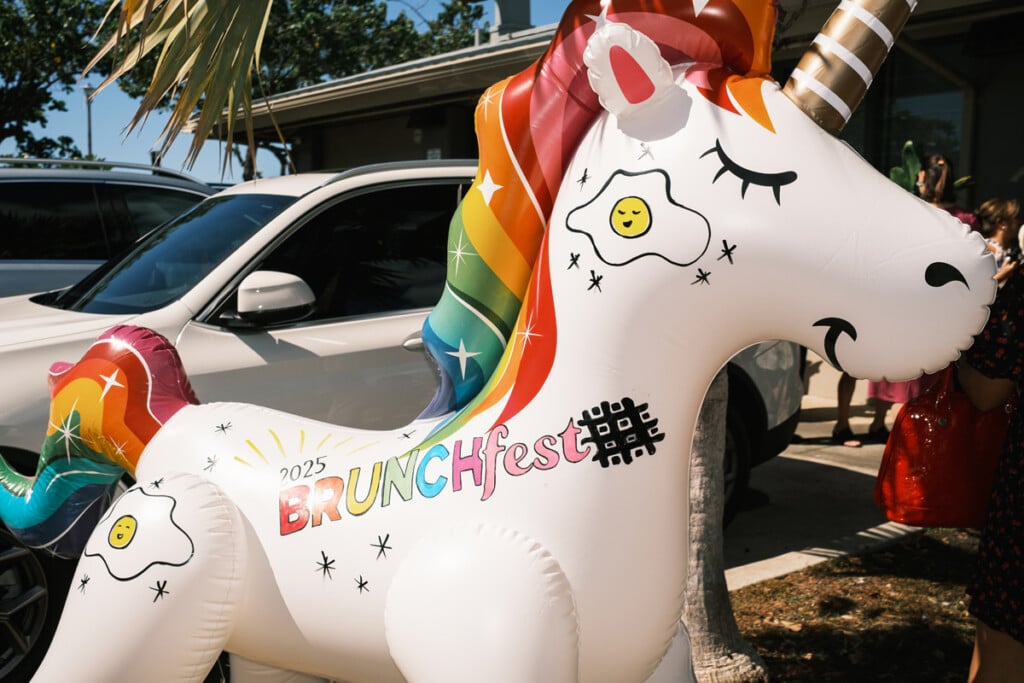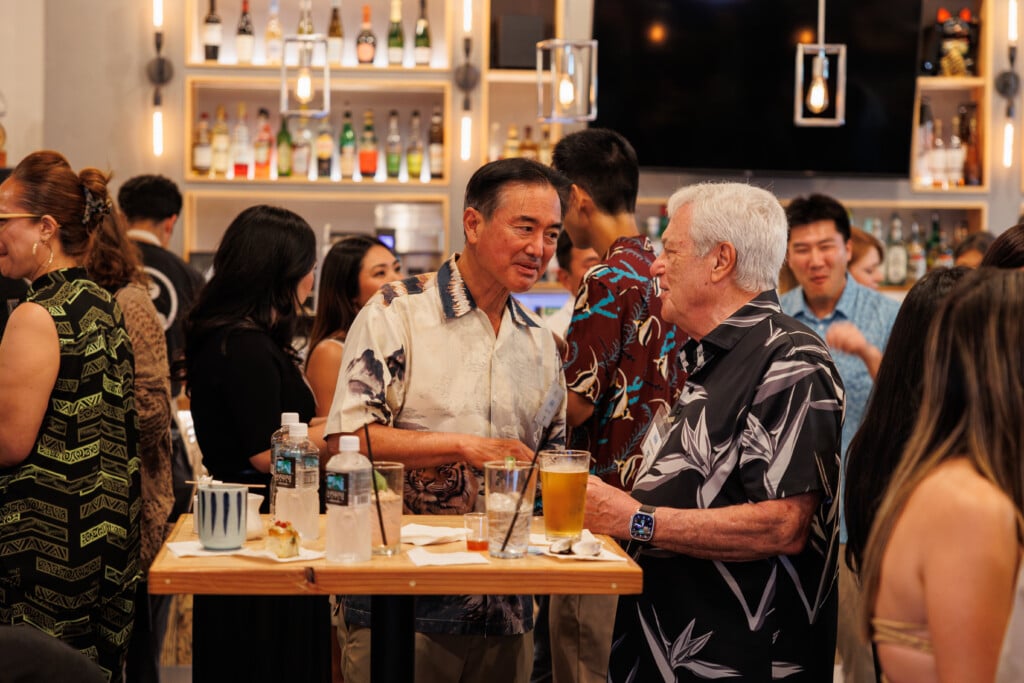Look Up for the “Blood Moon” Total Lunar Eclipse on Thursday Night
The total lunar eclipse will start at 8:26 p.m. on March 13. Here’s what you should know about the phenomenon, including viewing and photography tips.
A total lunar eclipse will grace the night sky on Thursday, March 13, the first since 2022. In Hawai‘i, we’ll have an ideal time frame to view it in the evening.
What is a “blood moon” total lunar eclipse?
A total lunar eclipse occurs when the sun, Earth and moon line up so the moon is fully within the umbra, or the darkest part of the Earth’s shadow. During the eclipse, only red light reaches the moon through the edges of the Earth’s atmosphere, making it appear reddish, which is where the name “blood moon” comes from. The Hawaiian term for a “lunar eclipse” is pouli ka mahina.

Photo: Aaron K. Yoshino
When is the total lunar eclipse?
In Hawai‘i, the total lunar eclipse will occur on Thursday, March 13, from 5:57 p.m. to midnight. However, it won’t be readily visible until the partial eclipse begins.
- Partial eclipse: 7:09 to 8:26 p.m.
- Total eclipse: 8:26 to 9:31 p.m.
- Partial eclipse: 9:31 to 10:47 p.m.
What’s the best way to view the total lunar eclipse?
Unlike a solar eclipse, you don’t need any special equipment or safety precautions to view a lunar eclipse, which can be seen with the naked eye. But you can get a better view with binoculars or a telescope.
Cosmics & Cocktails at the Prince Waikīkī
Thursday, March 13, 6:45 p.m.
Prince Waikīkī and Stargazers of Hawai‘i are hosting an eclipse-viewing party on the Muliwai Deck with a live DJ, signature cocktails and free stargazing through professional telescopes. You’ll be able to get a close-up view of the blood moon and learn more about the phenomenon from on-site astronomers.
Free admission, 2 ½-hour self-parking validation with any purchase from Hinana Bar or 100 Sails, Prince Waikīkī Hinana Bar and Pool Deck, 100 Holomoana St., princewaikiki.com, @princewaikiki
SEE ALSO: 43 Amazing Things to Do
How to take photos of the total lunar eclipse
We tapped our staff photographer, Aaron K. Yoshino, for expert tips on how to capture the total lunar eclipse in photos, whether you’re using a professional camera or a smartphone.
Find the Right Shooting Spot
A lunar eclipse can be very difficult to shoot because the moon is much dimmer than usual during an eclipse, and any camera will struggle to capture dimly lit things. We’ve had voggy skies recently too. Vog, clouds and even misty rain will reflect light pollution and obscure the already dim eclipse. For best results, go somewhere with fewer artificial lights nearby, which will help your camera and your eyes see better.
The eclipse will take place between 7:09 p.m. and midnight HST (max eclipse is around 8:30 p.m.), so look to the east-southeast. Your best bet will be to find a safe place to park along the Makapu‘u coastline and view it from there. The Lāna‘i Lookout and Halona Blowhole Lookout are two places I like to go for an eastern view of the night skies.
Steady Your Camera
Whether you’re using a camera or smartphone, the best way to keep it steady and improve your results is to use a tripod. If you don’t have a tripod for your phone, brace it on a table, wall, your car’s roof, a rock, the ground, really whatever’s around that can steady it as much as possible. When you’re zoomed in on something, the zoom factor also magnifies your shaky hands, so bracing is a must.
Use a Self-Timer
With either a camera or smartphone, use the self-timer mode to avoid any shaking caused by pushing the shutter button, which will blur your photos.
Adjust Your Settings
With a camera, zoom in as much as you can with the longest telephoto lens you have. The moon is still moving through the night sky during the eclipse, so if the image turns out blurry, increase the shutter speed by raising your camera’s ISO or opening up your aperture. For shots of the moon, I try to keep my shutter speeds faster than 1/15 second. If the image appears overexposed or blown out, adjust your camera’s exposure compensation until you get results you like.
With a smartphone, use a telephoto lens if you have one. In your camera app, tap on the moon so the app meters the exposure on the moon. If it’s too dark or bright, you can adjust the exposure compensation setting.
Take plenty of photos, have fun, be safe and remember: Don’t just look at the moon on your screen. Enjoy it for real with your eyes too!








